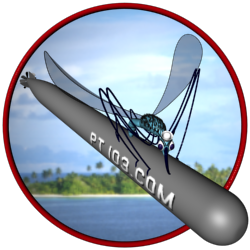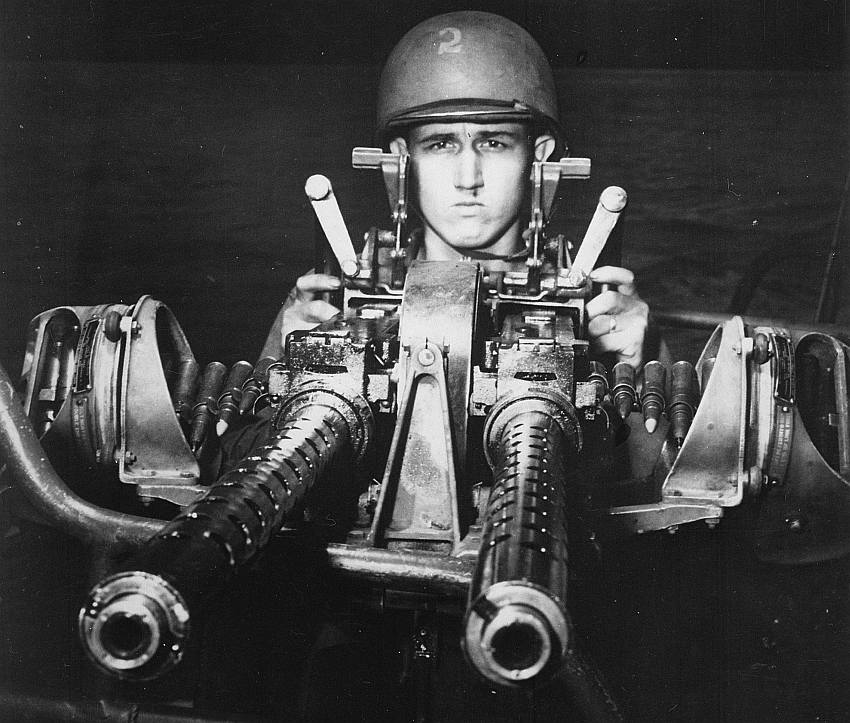|
Mark 6 with a 300lb charge. Weight 420 pounds. Dimensions were 17.625" diameter, 27.625" length.
Excerpt from MOTOR TORPEDO BOATS TACTICAL ORDERS AND DOCTRINE, July 1942:
4301. Types of depth charges. Depth charges carried aboard motor torpedo boats may be one of the following types:
|
Mark
|
Weight of charge
|
Depth Settings
|
| 3 |
300 lbs |
50-300' |
| 6 |
300 lbs |
30-300' |
| 7 |
600 lbs |
30-300' |
Ordinarily the 600-pound charges are not carried unless smaller charges are not available. The depth charge racks mounted on motor torpedo boats accommodate 300-pound charges only, and if 600-pound charges are carried, they must be lashed on deck.
4302. Mark 6 charges.-Mark 6 charges should be carried whenever available, since the 30-foot depth setting is suited to shallow waters where motor torpedo boats are likely to operate.
4303. Condition of readiness.-During peacetime, depth charges if carried on board, will have pistol and booster mechanisms removed and placed in designated stowage. During wartime depth charges will be kept either in the "normal" condition or the "ready" condition. (See Armament Conditions of Readiness.)
Large white marks extending from the depth setting graduations on the pistol and to the outer periphery of each charge should be painted with corresponding large white numbers denoting depth settings. This will facilitate setting depths at night.
4304. Depth settings.-Normally the four forward charges should be kept set on 50 feet and the after four on 100 feet-depth of water permitting. This provides the best settings for the most likely encounter with enemy submarines, that of sighting his periscope close aboard or catching him on the surface at night. Under other conditions depth settings should be staggered among the charges on board. Charges should be dropped in rotation from each side working from forward aft. This will provide a pattern and tend to keep the boat on an even keel.
Excerpt from the manual DEPTH CHARGES MARK 6, MARK 6 MOD. 1, MARK 7, MARK 7 MOD. 1 OPERATING AND MAINTENANCE INSTRUCTIONS, December 1943:
THE MARK 6 depth charge consists of a 300 pound charge of TNT which is fired by a hydrostatically operated pistol through the usual detonator booster train. The Mark 6 pistol has a depth setting range of 30 to 300 feet.
THE MARK 6 MOD. 1 depth charge is identical to the Mark 6 except that it is fitted with a Mark 6 Mod. 1 pistol which has a depth setting range of 30 to 600 feet.
The Mark 6 Mod. 1 pistol differs from the Mk. 6 pistol in that a spring-loaded depth-controlling valve for deep-firing is installed in place of the inlet valve assembly of the original design.
THE MARK 7 charge is exactly the same as Mark 6 in all principal parts EXCEPT that it has a larger case and contains 600 pounds of TNT instead 300 pounds.
THE MARK 7 MOD. 1 charge is the same as Mark 7 EXCEPT that it is fitted with the Mark 6 Mod. 1 pistol.
All of these charges measure 27.625 inches long. They DIFFER in weight and in diameter of case as follows:
(a) Mark 6 and Mark 6 Mod. 1 each weigh 420 pounds complete-and are 17.625 inches in diameter.
(b) Mark 7 and Mark 7 Mod. 1 each weigh 765 pounds complete-and are 24.875 inches in diameter.
Manual: http://archive.hnsa.org/doc/depthcharge6/index.htm
|




